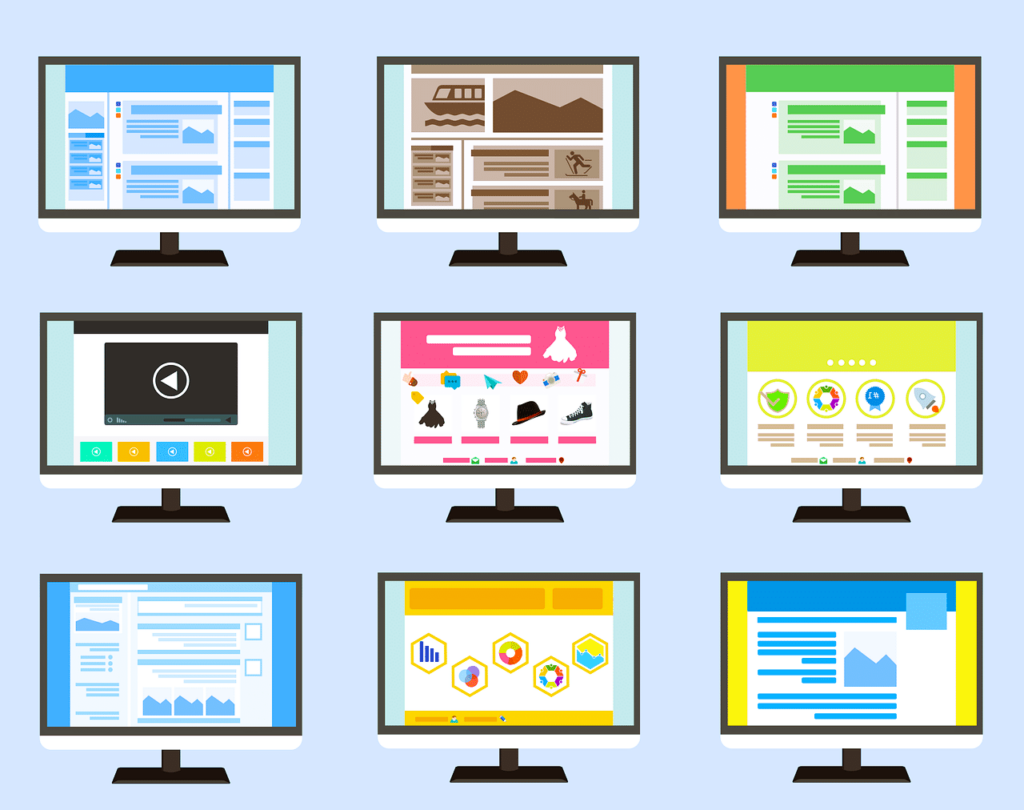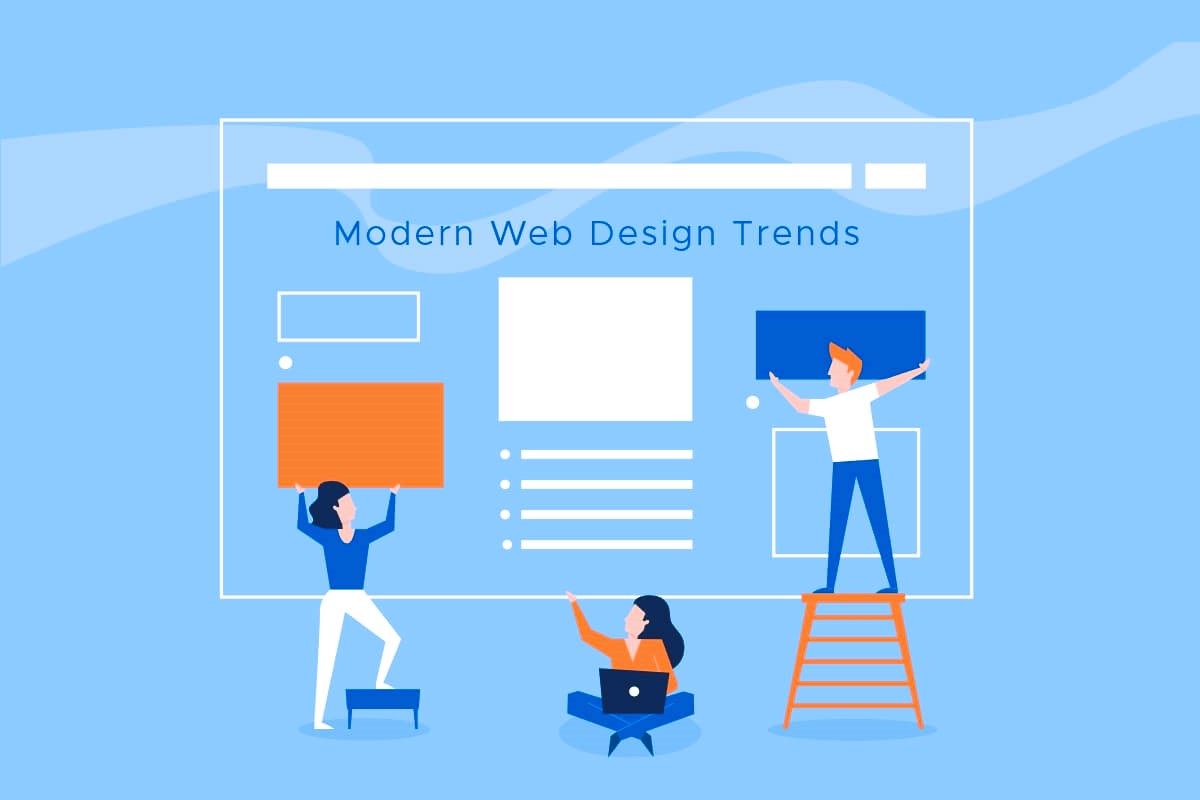In the ever-changing landscape of web design, typography plays a pivotal role in shaping the visual identity and user experience of a website. As technology advances and design trends evolve, designers are exploring innovative approaches to typography that go beyond mere readability. In this article, we’ll delve into the typography trends that are defining modern web design and influencing the way we consume digital content.
1. Variable Fonts for Flexible Design
One of the most significant developments in typography is the adoption of variable fonts. Unlike traditional fonts that come in fixed styles (e.g., regular, bold, italic), variable fonts offer a single file that can encompass a range of styles within it. This flexibility allows designers to create more dynamic and responsive typography, adjusting font weight, width, and even optical size seamlessly. Variable fonts contribute to improved performance and more efficient use of web resources.
2. Oversized and Playful Headlines
In contemporary web design, designers are increasingly embracing oversized and playful headlines. Large, attention-grabbing typography not only serves as a design element but also sets the tone for the overall aesthetic of a website. Bold and creative headlines capture the user’s attention, making a strong first impression and conveying the brand’s personality.
3. Mixed Typography Pairings
Gone are the days of sticking to a single font throughout a website. Designers are now exploring the art of mixing different typefaces to create visually interesting and harmonious combinations. Carefully curated font pairings enhance hierarchy, guide user attention, and add an extra layer of personality to the design. This trend encourages designers to experiment with contrasting fonts, such as pairing a sleek sans-serif with a more decorative serif font.
4. Serif Fonts Making a Comeback
While sans-serif fonts have dominated digital design for their clean and modern look, there’s a noticeable resurgence of serif fonts in modern web design. Designers are drawn to the classic and timeless feel of serifs, using them for both headlines and body text. The combination of serifs with contemporary design elements creates a balance that adds sophistication to the overall aesthetic. Did you like the article? Read about the importance of mobile design.
5. Kinetic Typography in Web Animation
As websites become more interactive, kinetic typography is gaining popularity. Kinetic typography involves animating text to create dynamic and engaging visual elements. Whether it’s subtle text movements or more intricate animations, kinetic typography adds a layer of storytelling and visual interest to the content. This trend is particularly prevalent in landing pages, promotional websites, and storytelling-focused platforms.
6. Minimalist and Clean Typography

While bold and experimental typography is on the rise, there’s still a strong presence of minimalist and clean typography in modern web design. The use of simple, easy-to-read fonts with ample white space provides a clean and uncluttered user experience. This approach is often favored by brands that want to convey a sense of simplicity, elegance, and clarity.
7. Custom Fonts and Branding
Brands are increasingly recognizing the importance of custom fonts in establishing a unique and recognizable visual identity. Custom fonts, specifically created for a brand, contribute to brand consistency and differentiation. This trend emphasizes the idea that typography goes beyond aesthetics; it becomes a crucial element in conveying the brand’s personality and values.
The Role of Typography Standards
In the realm of typography, adhering to standards ensures that fonts are legible, accessible, and consistent across various devices and platforms. The OpenType standard, developed by Microsoft and Adobe, is widely adopted for digital typography. OpenType supports advanced typographic features, including ligatures, swashes, and alternative characters, providing designers with the tools to enhance the visual appeal and functionality of their typography.
Standards also play a vital role in ensuring web accessibility. Typography standards, such as those defined by the Web Content Accessibility Guidelines (WCAG), provide guidelines for creating text that is readable and understandable for users with visual and cognitive impairments. Adhering to these standards is crucial for creating inclusive and user-friendly digital experiences.
Conclusion
Typography is a powerful design element that can shape the user’s perception, enhance brand identity, and contribute to the overall aesthetics of a website. In the dynamic world of modern web design, trends in typography continue to evolve, reflecting the intersection of creativity, technology, and user experience.
As designers explore variable fonts, experiment with oversized headlines, and embrace custom typography, the importance of adhering to standards cannot be overstated. Standards ensure that typography is not only visually appealing but also accessible and consistent across diverse digital landscapes.
Whether it’s the classic elegance of serifs, the playful nature of oversized headlines, or the dynamic motion of kinetic typography, the trends in modern web design showcase the versatility and creativity that typography brings to the digital realm. As we navigate the ever-changing landscape of web design, one thing remains clear: typography will continue to be a key player in shaping the visual language of the internet.


